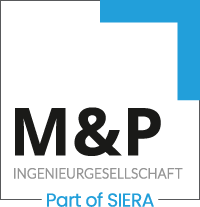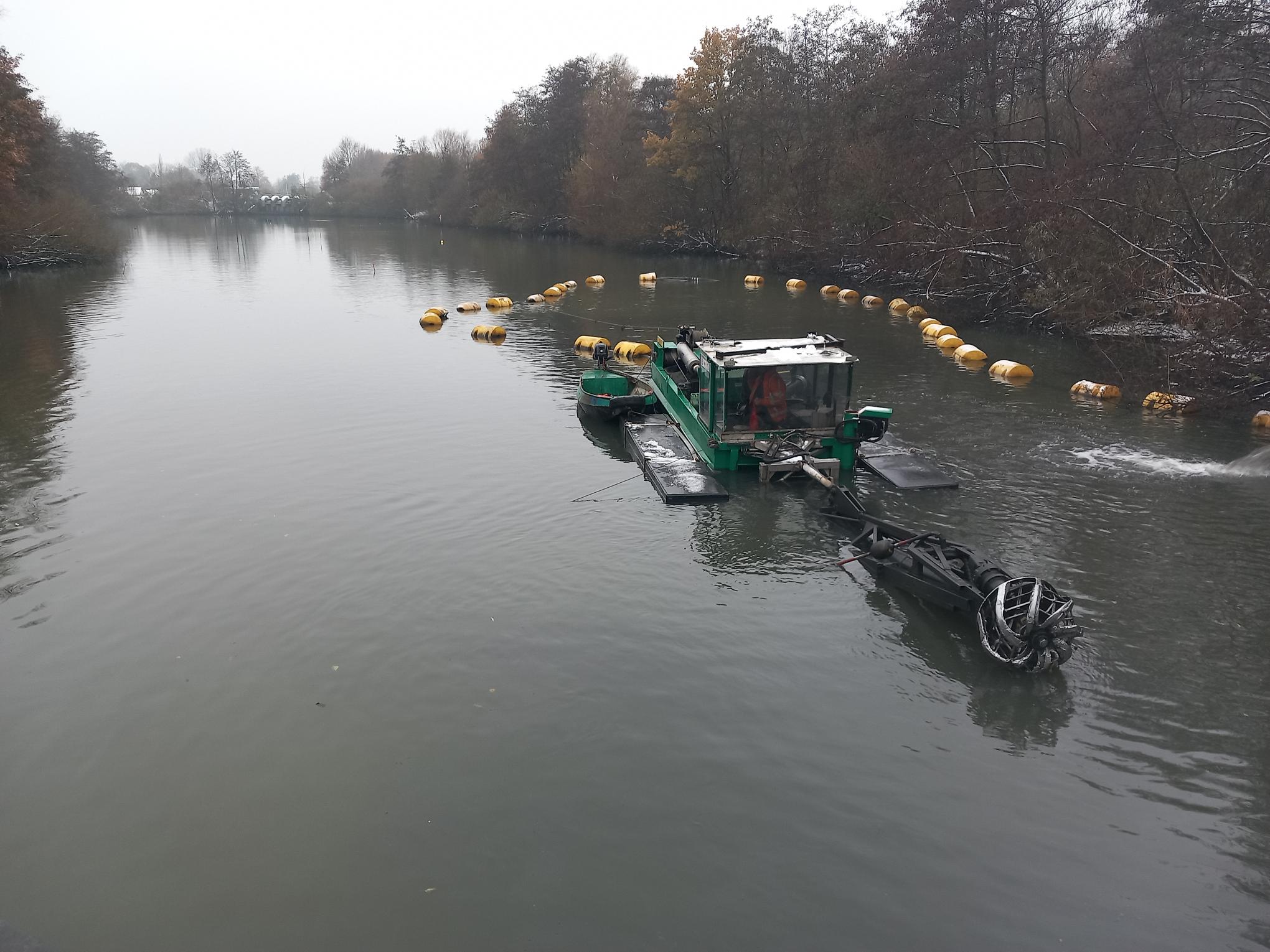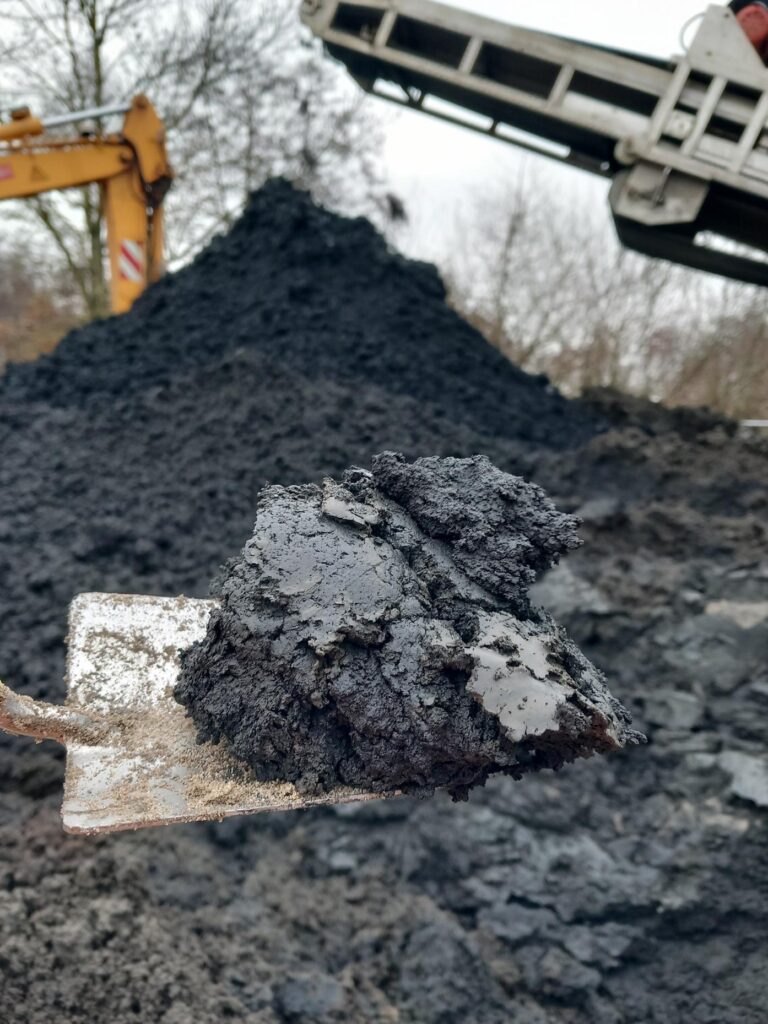when it gets cold and the winter months are approaching. The winter months outside the statutory breeding and settling season are the peak season for waterway restoration. Once the sediment analyses have been carried out in the spring and the tendering process has been completed in the summer, the actual work begins once the tender has been issued and the contract awarded. The contractors arrive with suitable plant technology and start "desilting" the watercourses.
This year, M&P has taken on the planning for a total of eight watercourse clean-ups. M&P is currently providing expert support for the desilting work on two watercourses, whereby we are continuously monitoring the desilting target, the quality of the dewatered material and the sediment disposal. In addition, we constantly monitor the water quality and take into account the water body as a habitat.
There is an innovation this year: following consultation with the Lower Waste Authority, a new procedure was approved by the authority as part of an individual decision under waste legislation. The extracted sediment ("dredged material" under waste legislation) is subjected to sand separation on the construction site. After separation, the newly extracted material (> 63 µm) is processed using suitable technology (e.g. flushing bar). This physical treatment significantly changes the appearance of the waste, which is why nothing stands in the way of the material being recycled as soil (under waste legislation "soil and stones") and the "unpopular" waste of dredged material is minimised.
The advantage of the new procedure is that the processed material can be disposed of much more cost-effectively. In addition, the sand can be dewatered purely gravitationally and does not have to be subjected to energy-intensive mechanical dewatering (e.g. belt press, chamber filter press), which in turn saves costs. With a mass of approx. 2,500 tonnes of sediment to be disposed of and a proportion of only 20 % of sand (> 63 µm), approx. 10 % of costs can be saved in the dewatering and disposal items. If the proportion of sand increases, the costs decrease at the same time compared to the conventional procedure.
Ultimately, the new handling of dredging spoil is a further step towards sustainability in line with the company motto "Engineering for a better Tomorrow" by implementing the resource-conserving handling of mineral waste in accordance with the requirements of the Closed Substance Cycle Waste Management Act.



